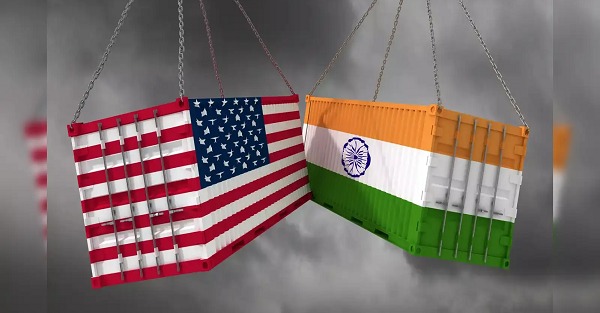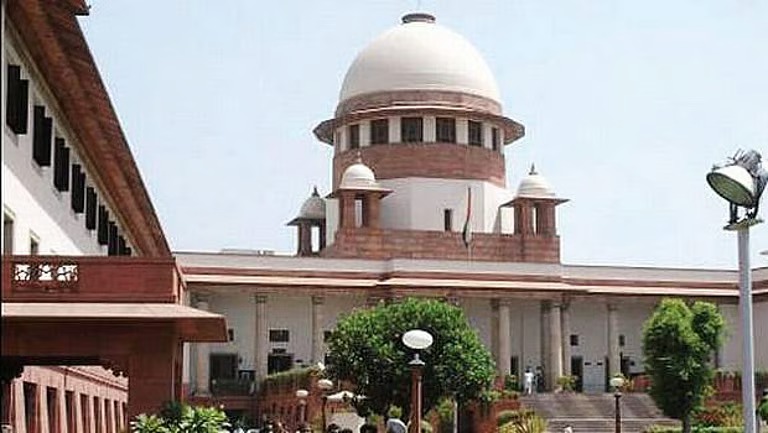Brij Mohan Lall, J.@mdashThis is an application by the defendants to obtain from us a certificate to the effect that the appeal which they propose to prefer to the Supreme Court satisfies the requirements of Article 133 of the Constitution.
2. There is a big and costly building of a cinema house in Collectorganj at Kanpur. Its value at present exceeds Rs. 20,000 /-, and it is the common case of the parties that, at all material times, it has exceeded Rs. 20,000/-. In other words, from the commencement of the lease, to be shortly mentioned, till now it has been worth considerably more than Rs. 20,000/-.
3. The applicants obtained a lease of this cinema house from the opposite party. Sometime later, the opposite party brought a suit for the applicants'' ejectment from that building. Before instituting the suit he had obtained from the District Magistrate of Kanpur permission u/s 3, U. P. Control of Rent and Eviction Act (3 of 1947) to institute the suit.
The plea in defence was that permission was not valid and therefore the suit was not maintainable. This plea was upheld by the learned Civil Judge who dismissed the suit on that ground alone. On appeal, this Court held that the permission given by the District Magistrate was valid. The appeal was, therefore, allowed and the applicants'' ejectment was ordered.
4. Article 133(1) of the Constitution consists of three sub-clauses. It is not the applicants'' case that their case comes under Sub-clause (a) for the obvious reason that the valuation of the suit in the court of first instance was below Rs. 20,000/-. They however, maintain that their case falls under Sub-clause (b) which runs as follows:
"that the judgment, decree or final order involves directly or indirectly some claim or Question respecting property of the like amount or value;"
5. The first point that has been argued before us is that the phrase "of that the claim, or question should be valued at Rs. 20,000/- or more and not that the property to which the saidthe like amount or value" qualifies not the word "property" but the words "some claim or question". In other words, it is argued claim or question relates should be worth Rs. 20,000/-. This contention is not acceptable to us.
On the plain reading of the words, according to ordinary Rules of grammar, the phrase "of the like amount or value" coming immediately after the word "property" qualifies the said word. Apart from that, there is an authority of this Court that, if the property to which the claim or question relates is worth Rs. 20,000/-, the requirements of this sub-clause are satisfied. In this connection, reference may be made to the case of --''
In that case a claim had been made for the recovery of Rs. 7,625/-, but this amount was to be recovered by the sale of certain Immovable property which was charged with this sum. The Court held that if the property of which the sale was to take place was worth Rs. 10,000/- or more, the requirements of this sub-clause would be satisfied. It may be mentioned at this stage that the decision was given prior to the coming into force of the Constitution and at that time Rs. 10,000/-and not Rs. 20,000/- was the limit.
It was further held that it was possible that after the sale of the property and payment of the decretal amount to the decree-holder the balance would be paid to the owner of the property, i.e., the defendant. But still it was held that the property involved was the entire property which was to be sold and, if that was worth Rs. 10,000/- or more, the requirements of law were satisfied. The test applied was that the property which was involved should have been worth Rs. 10,000/- or more notwithstanding the fact that the claim was not of that value.
6. Another point which is noteworthy is that, while under Sub-clause (a) it is the "subject matter of the dispute" which should be worth Rs. 20,000/-or more, it is the "property" under Sub-clause (b) which is to be of that value. The word "property" does not necessarily mean the "subject matter of the dispute".
It has been interpreted to mean some property which may be other man the subject matter of the dispute and which may be affected by the decision in the suit. For instance, a will or an award or a deed of gift may dispose of several items of property worth more than Rs. 20,000/-. A suit may e brought by a plaintiff in respect of one item and it may be worth less than Rs. 20,000/-.
But if the deed of gift or will or award is held to be invalid, the result of that finding may be that the entire property covered by the aforesaid documents will be affected and, therefore, in determining whether the decision affects the property of Rs. 20,000/- or more the value of the entire property should be taken into consideration. In other words, even if the property which forms the subject matter of the dispute in suit may be less than Rs. 20,000/-, the rest of the properly can be taken into account to make up that valuation.
7. Applying these principles to the facts of the present case one finds that, although the right of tenancy which the applicants claim may be worth less than Rs. 20,000/-, they are certainly laying claim to possession over the building of the cinema house. That property, as already stated, is, by common consent, worth considerably more than Rs. 20,000/-. Therefore, the present case does, in our opinion, involve directly a claim in respect of property worth Rs. 20,000/- and it satisfies the requirements of Sub-clause (b) of Article 138(1) of the Constitution.
We are supported in this opinion by the case of -- ''Kastur Bhai Mani Bhai v. Hiralal AIR 1923 Born 23(1) (B). That was also a case in which a suit had been instituted against a tenant for possession of a building and he had claimed the benefit of the Bombay Rent Act. It was held that, since, the value of the property from which ejectment was sought exceeded Rs. 10,000/-, the requirements of law had been complied with. The present one is an exactly similar case.
8. Reliance was placed by the learned counsel for the opposite party on the case of -- Dhanna Mal v. Lala Moti Sugar AIR 1923 Lah 286(2) (C). In that case the suit was for possession of the site only by the removal of buildings standing thereon. The valuation of the site was Rs. 300/-, but the buildings were worth over Rs. 23,000/-. The learned Judges were of the opinion that the case did not comply with the requirements of Section 110, Civil P. C. With great respect we are unable to accept the view taken by them.
An exactly similar case is to be found in --
The present case is distinguishable because the property is directly involved inasmuch as the applicants contend that they are entitled to remain in possession of the property of the value of Rs. 20,000/- or more from which they are sought to be ejected.
9. The observations of the learned Judges in -- ''Surendra Nath v. Dwarka Nath'' AIR 1917 Cal 496 (E) also support the view which we have taken in this case.
10. Since this Court has reversed the judgment of the Court below, it is not necessary for the applicants to satisfy us that any substantial question of law is involved.
11. We certify that the appeal proposed to be filed in the Supreme Court satisfied the requirements of Article 133(1)(b) of the Constitution.

